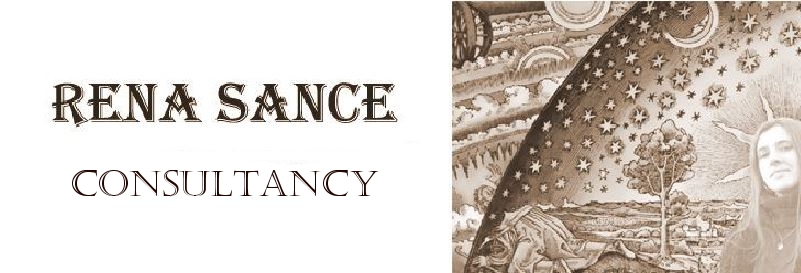When and why Aries became Pisces?
Real Solar Zodiac, called sometimes the Sideral Zodiac, differs from the Sun sign in traditional astrology. Due to the movement of the Earth along its horizontal axis (the Earth is tilted), called 'precession', there is a degree of change of visible stars, over time.
When the idea of the Zodiac was constructed, some 2,500 years ago, the Sun was rising on the first day of Vernal Equinox in the Aries constellation. Nowadays it rises in the Pisces constellation.
Traditional (or Tropical) astrology has nothing to do with the real sky movements. It is concerned with the changing of the seasons, here on earth, marked by the movement of the Sun. The constellation have no 'energy' itself, they were parted into 12 segments to make the 'year' more workable. So it does not matter what constellation is rising, it is still Spring at this time of the year.
However, considering that the observation of the stars and planets had been of great importance to almost every early civilizations, it is clear that astrology without its background (which is the map of the fixed stars) may lack some deep meaning.
Traditional astrology (called also 'tropical') describes our life on Earth, strictly. There are people who are more connected to the Cosmic consciousness and it seems that sideral astrology works better with them. It is one of the mysteries not only of astrology but on any of the metaphysical subjects.
Comparing those two systems on each occasion is what each astrologer should look at. It may feel helpless at times, as there is still not enough data to make clear conclusions. What I have experienced personally, was: my heart went for sideral, my mind for traditional astrology.
There had been conferences organized to compare the two systems and to decide which astrology should the Western world use, and it was agreed that tropical/traditional does the best readings.
Mysteriously, both systems work and complement each other. Ancient astrologers had patiently studied fixed stars and their relations to our planets. The Hindu astrology also works with the sideral zodiac and is very popular in India.
Sideral astrology has one appealing advantage - it shows where your Sun, Moon and planets were placed exactly on the map of the night sky - and on this map is happening a lot more than on the diagram of twelve zodiacal signs - relating only to Earthly affairs. The sky above us may tell us more interesting stories about our celestial selves.
-------------------
Here, I want to share my personal experience. One evening, when I got asleep, I had one of those intense, strange dreams which occur not so frequently in our lifetime; very vivid, lucid, emotionally powerful. It occurred just after a few hours of my return into study of astrology, after some time off.
I dreamt about a snake, about killing one, basically. The next day I started studying the sideral astrology for the first time. I looked at my astro-chart and saw that I was born under the star Sabik - the brightest star in constellation Ophiuchus (Serpent-Bearer). He is imagined on his right knee. A shiver went down and up my spine, a thrill in the entire body as if of slight electric shock. I remembered very well - I was kneeling on my right knee while finishing off the snake from my night-dream… and holding it the same way as the celestial Serpent Bearer...
Real Solar Zodiac
Commonly called the sideral zodiac, differs from the popular Sun signs you are told you were born upon.
Due to the movement of the Earth along its axis, called precession, every 72 years there is one degree of change against the stars visible from Earth. When the idea of Zodiac was constructed, some 2,500 years ago, people saw the Sun on the first day of Vernal Equinox in the Aries constellation. People born during the following days had been influenced by this group of stars.
Nowadays the Vernal Equinox appears in last degrees of Pisces.
Traditional (or tropical) astrology, which dominates in the Western world, has stuck to the old view which now has nothing in common with the real sky objects movements.
Considering that observation of stars and planets were of great importance to the each of the first civilizations on Earth, at least 5,000 year ago (there is a new notion that prehistoric rock-art was greatly inspired by the movement of the night-sky, which takes us some 25,000 years ago) it clearly shows that astrology without its background (which is the map of the fixed stars) lacks true meaning and is missing its roots...
How one can call oneself 'an astrologer' without ever looking at the night sky - but only at the computer programme? To never have own head up, never bothering to look up for the real thing. Unfortunately, what many astrologers do is copying and pasting the text from one another, changing it slightly on small and subjective data and revealing this incompetent rubbish to the world.

